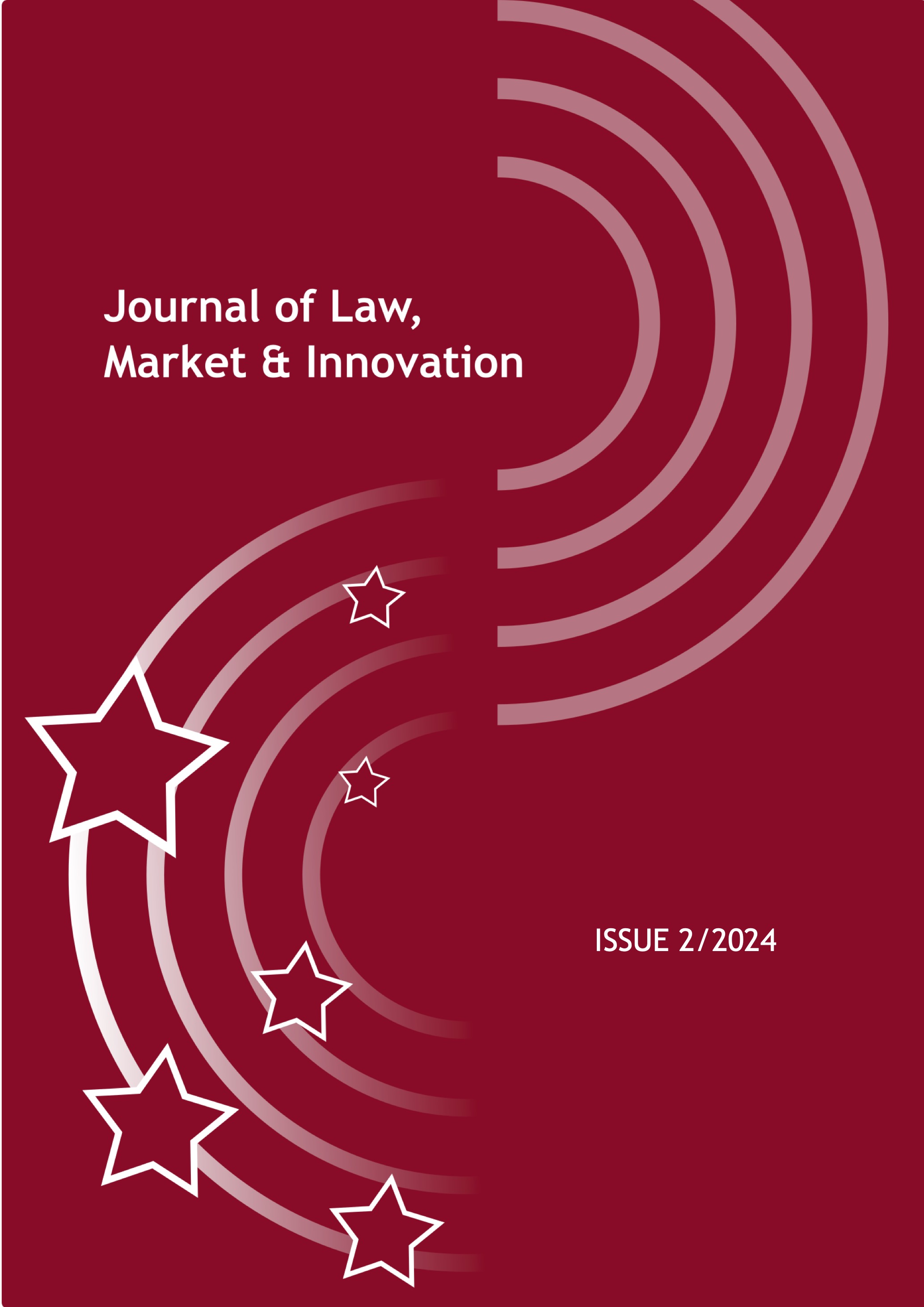Navigating the skies of regulation and innovation: The case of civil drones
DOI:
https://doi.org/10.13135/2785-7867/10738Keywords:
Unmanned Aerial Vehicles, civil drones, regulatory environment, market competitionAbstract
The deployment of Unmanned Aerial Vehicles (UAVs), colloquially known as civil drones, necessitates an in- depth analysis of regulatory frameworks to understand their impact on market competition and technological innovation. This study presents a comparative examination of the regulatory landscapes governing UAV operations in the European Union (EU) and the United States (US), focusing on the interplay between legal provisions and market dynamics within the drone industry. In the EU, the imminent introduction of UAV-based package delivery systems exemplifies a regulatory environment conducive to drone technology advancement. Governed by the European Union Aviation Safety Agency (EASA), the EU’s regulatory structure is characterised by its coherence and integrative nature, fostering a regulatory milieu that balances safety and privacy concerns with the promotion of technological development. The uniform regulatory guidelines across EU Member States serve as a catalyst for innovation, providing clarity and stability for UAV operators and manufacturers, thereby enhancing competitive dynamics within the market. Conversely, the US regulatory context, as illustrated by the legal confrontation between SZ DJI Technology Co. Ltd. and Autel Robotics USA LLC, highlights a multifaceted and litigious approach. Central to this is the role of the Federal Aviation Administration (FAA) in navigating the intricate interplay between antitrust litigation and competitive practices in the UAV sector. The US framework’s reactive nature, often mired in judicial proceedings, introduces a degree of uncertainty and complexity for industry stakeholders, potentially impeding technological innovation and market diversification. The juxtaposition of the EU and US regulatory frameworks unveils contrasting methodologies in governing civil drone operations. The EU’s unified and innovation-centric approach markedly diverges from the litigious and segmented regulatory landscape in the US. These disparities exert considerable influence on the UAV industry, shaping the contours of market competition, technological advancement, and regulatory industry equilibrium. The disparate regulatory paradigms in the EU and US present distinct challenges and opportunities in the realm of UAV operations. The EU’s streamlined and proactive regulatory approach encourages innovation and market growth; while the US’s intricate and adversarial regulatory environment poses substantial hurdles for industry stakeholders. This comparative analysis is vital for policymakers, legal experts, and industry participants in navigating the complex and evolving domain of UAV technology and its regulatory governance.



 EJIF has been approved for inclusion in
EJIF has been approved for inclusion in  The Journal of Law, Market & Innovation is indexed in
The Journal of Law, Market & Innovation is indexed in  The Journal of Law, Market & Innovation is indexed in
The Journal of Law, Market & Innovation is indexed in  The Journal of Law, Market & Innovation is indexed in
The Journal of Law, Market & Innovation is indexed in  The Journal of Law, Market & Innovation is indexed in
The Journal of Law, Market & Innovation is indexed in  The JLMI is classified as a "scientific" journal for Law (Area 12) by the Italian
The JLMI is classified as a "scientific" journal for Law (Area 12) by the Italian 
